Toolson PRO-HM 9 MAX Handleiding
Bekijk gratis de handleiding van Toolson PRO-HM 9 MAX (236 pagina’s), behorend tot de categorie Hamer. Deze gids werd als nuttig beoordeeld door 52 mensen en kreeg gemiddeld 4.9 sterren uit 26.5 reviews. Heb je een vraag over Toolson PRO-HM 9 MAX of wil je andere gebruikers van dit product iets vragen? Stel een vraag
Pagina 1/236

PRO-HM 9 MAX
Art.-Nr.: 42.579.53 I.-Nr.: 11027
7
DE Originalbetriebsanleitung
Bohrhammer
GB Original operating instructions
Hammer drill
FR Instructions d’origine
Marteau perforateur
IT Istruzioni per l’uso originali
Martello perforatore
ES Manual de instrucciones original
Taladro percutor
NL Originele handleiding
Boorhamer
PL Instrukcją oryginalną
Młot udarowy
CZ Originální návod k obsluze
Vrtací kladivo
SK Originálny návod na obsluhu
Vŕtacie kladivo
HU Eredeti használati utasítás
Fúrókalapács
SI Originalna navodila za uporabo
Vrtalno kladivo
HR Originalne upute za uporabu
Čekić za bušenje
BG Оригинално упътване за употреба
Перфоратор
BA Originalne upute za uporabu
Čekić za bušenje
RS Originalna uputstva za upotrebu
Čekić za bušenje
TR Orijinal Kullanma Talimatı
Kırıcı delici
RU Оригинальное руководство по
эксплуатации
Перфоратор
DK Original betjeningsvejledning
Borehammer
NO Original-driftsveiledning
Borhammer
IS Upprunalegar
notandaleiðbeiningar
Höggbor
SE Original-bruksanvisning
Borrhammare
FI Alkuperäiskäyttöohje
Poravasara
EE Originaalkasutusjuhend
Lööktrell
LV Oriģinālā lietošanas instrukcija
Triecienurbis
LT Originali naudojimo instrukcija
Perforatorius
Anl_PRO_HM_9_MAX_SPK7.indb 1Anl_PRO_HM_9_MAX_SPK7.indb 1 25.04.2017 10:48:2825.04.2017 10:48:28
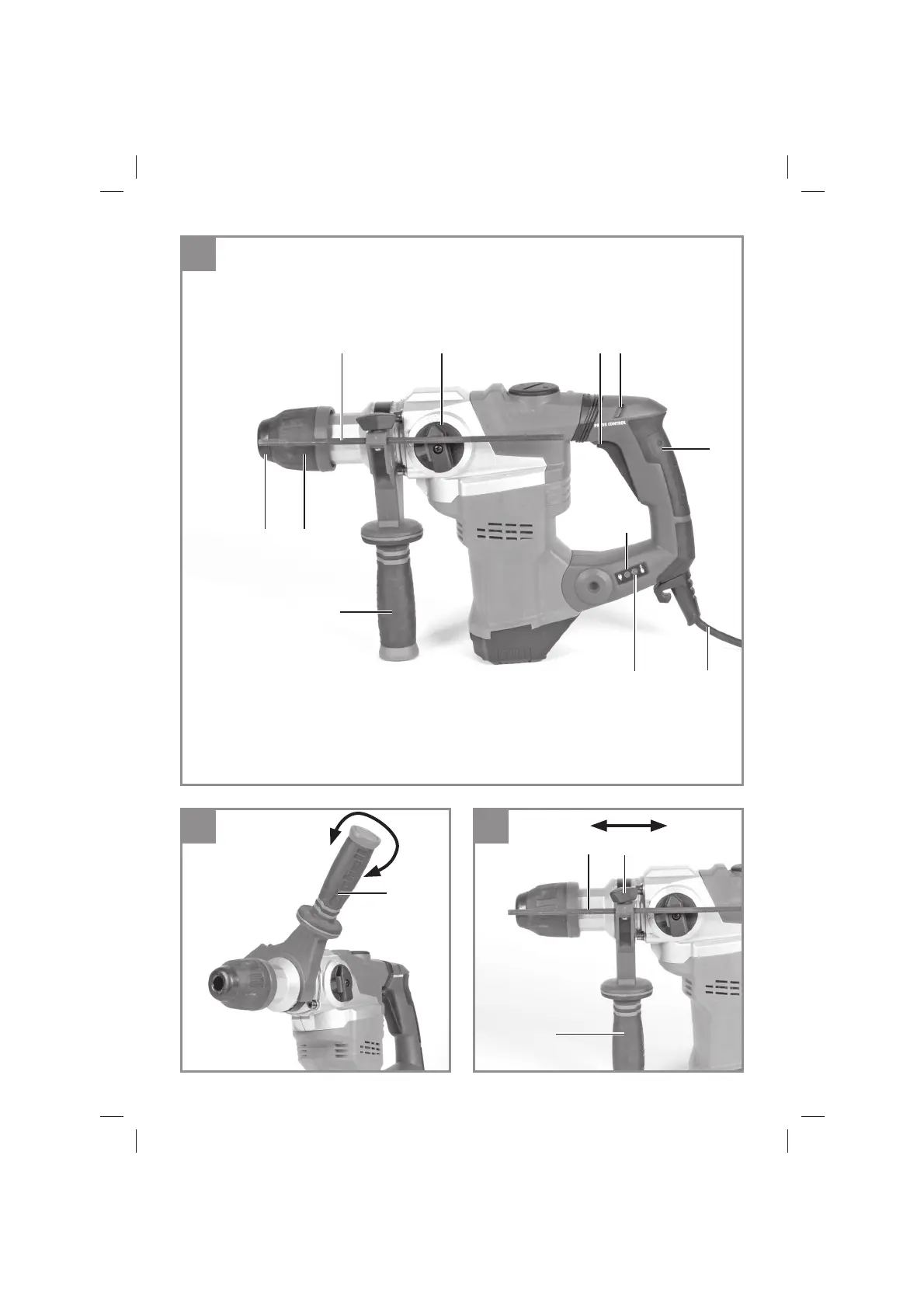
- 2 -
1
2
6
1
10
8
9
11
3
6
437
2
5
6
7
a
Anl_PRO_HM_9_MAX_SPK7.indb 2Anl_PRO_HM_9_MAX_SPK7.indb 2 25.04.2017 10:48:3125.04.2017 10:48:31
Product specificaties
| Merk: | Toolson |
| Categorie: | Hamer |
| Model: | PRO-HM 9 MAX |
Heb je hulp nodig?
Als je hulp nodig hebt met Toolson PRO-HM 9 MAX stel dan hieronder een vraag en andere gebruikers zullen je antwoorden
Handleiding Hamer Toolson

16 Maart 2024
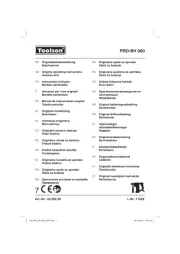
16 Maart 2024
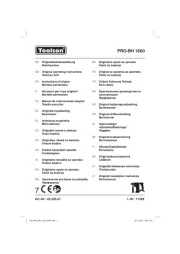
16 Maart 2024
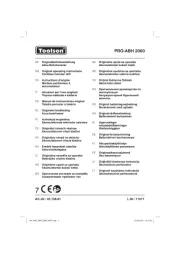
16 Maart 2024
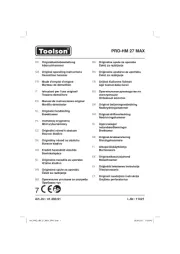
16 Maart 2024

16 Maart 2024
Handleiding Hamer
- Robust
- Ferm
- Goon
- Hitachi
- CMI
- Proviel
- Alpha Tools
- Bavaria
- Scheppach
- Bosch
- Hikoki
- Fein
- Ergotools Pattfield
- Powerfix
- Makita
Nieuwste handleidingen voor Hamer
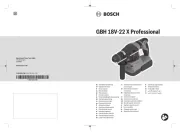
15 September 2025
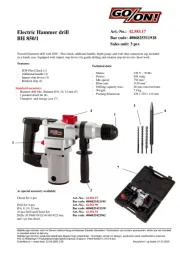
3 September 2025
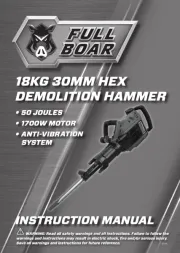
1 September 2025
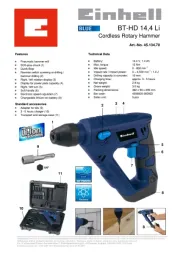
27 Augustus 2025
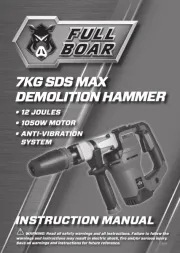
26 Augustus 2025
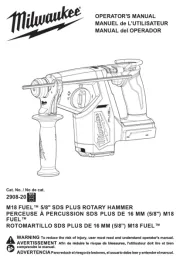
19 Augustus 2025
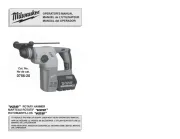
19 Augustus 2025
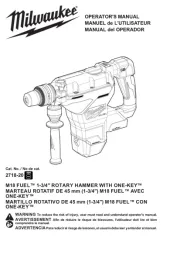
19 Augustus 2025
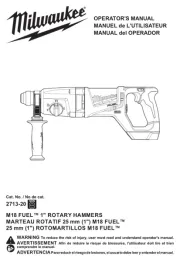
18 Augustus 2025
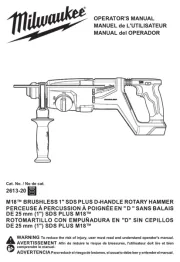
18 Augustus 2025